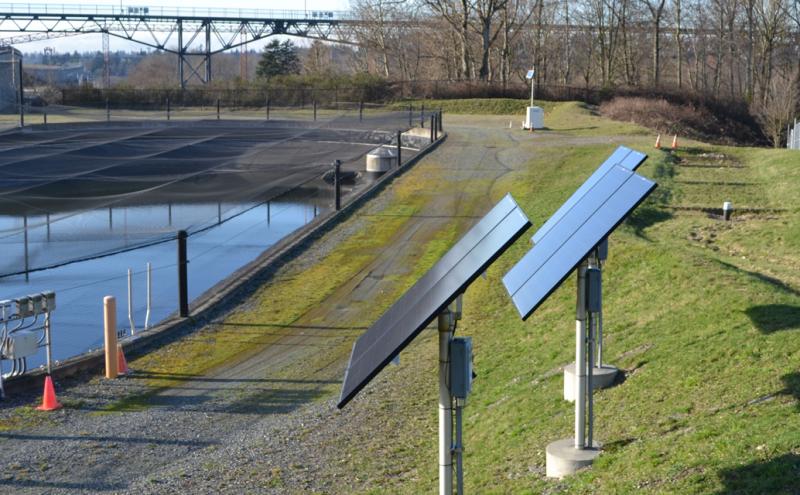
The Environmental Compliance Assessment Program (ECAP) was developed to assist in managing Port of Seattle liabilities associated with its tenant operations. The Port has embraced this program and has worked diligently to identify new areas of opportunity to grow the program and its success.
The Port is in the process of completing assessments on its highest risk tenants based on their industrial activities and aims to incorporate additional sustainable measures during the next round of assessments. The Port and its tenants consider the assessment program a valuable way to assure environmental compliance and open up effective lines of communications with tenants and their operations.
Objectives and Methodology
1. Assure Environmental Compliance
The Port of Seattle is utilizing its ECAP program to perform comprehensive environmental site assessments on port tenants. Through the assessment process, the Port is afforded the opportunity to assess tenants’ daily operations. This enables the Port of Seattle to make sound determinations about how tenant operations may potentially impact Port compliance programs. This also affords an opportunity to evaluate those daily activities and confirm that they are consistent with the original lease language. Tenant operations found to be inconsistent with the original lease language may potentially require a lease amendment as necessary.
2. Reduce Environmental Liability
Through the assessment process, the Port can better identify its risks and liabilities based on tenant operations. This information is utilized to make educated decisions that are in line with Port of Seattle’s internal policies and green initiatives.
3. Promote Pollution Prevention
The comprehensive assessments cover all environmental mediums that a facility may encounter due to its operations. ECAP staff members are skilled professionals ready to observe a variety of operations and make recommendations for facilities on how to potentially reduce the amount of wastes generated. The program identifies simple pollution prevention techniques that can be implemented to reduce the amount of wastes produced by tenant operations. These waste reductions also allow Port of Seattle tenants to realize a reduction in their operating expenses.
4. Promote Good Environmental Stewardship
The Port of Seattle is dedicated to being a national leader in environmental programs. The Port is using the ECAP program to promote green initiatives that protect the environment and promote tenant stewardship. The Port is establishing sound environmental metrics to enable both it and its tenants to document, track, and benefit from these green initiatives.
5. Identify Area of Concerns
The Port of Seattle realizes that while many of its tenant operations are maintaining adequate levels of environmental standards, there is a potential that tenants may fall below those standards. The ECAP program gives the Port of Seattle the ability to identify these environmental liabilities and ways to assist tenants in becoming environmentally compliant. By proactively identifying these areas of concern, the port can minimize its long-term liabilities associated with its real estate assets.
Conclusion
The Port of Seattle believes that the ECAP program provides a nexus in which the business units of port operations align with the Port of Seattle’s environmental goals and strategies. The Port of Seattle will continue to develop and enhance the ECAP program to meet the highest standards that are to be expected by the surrounding community and stakeholders.


